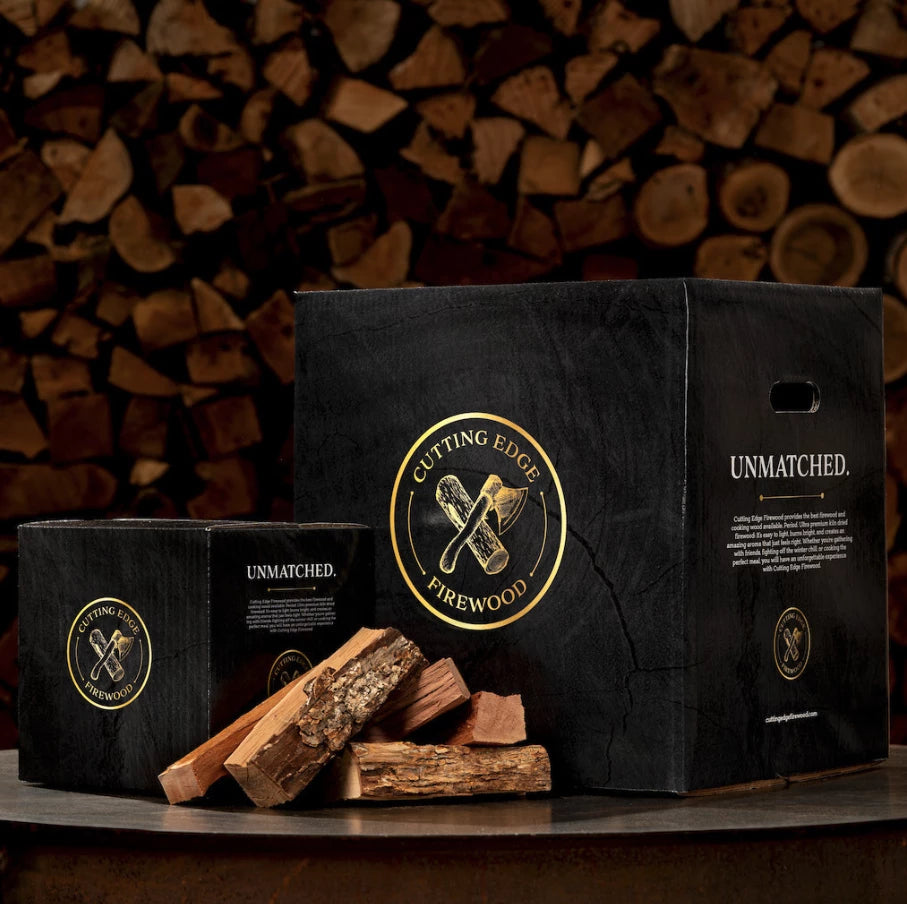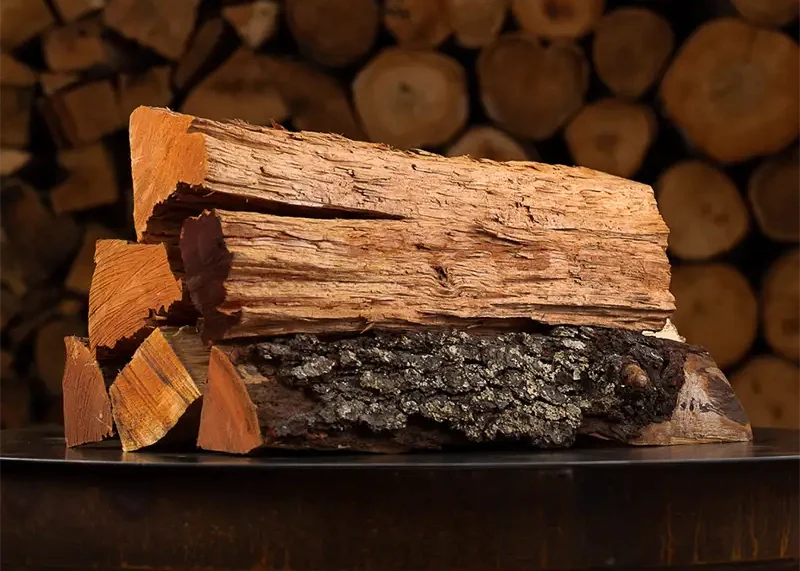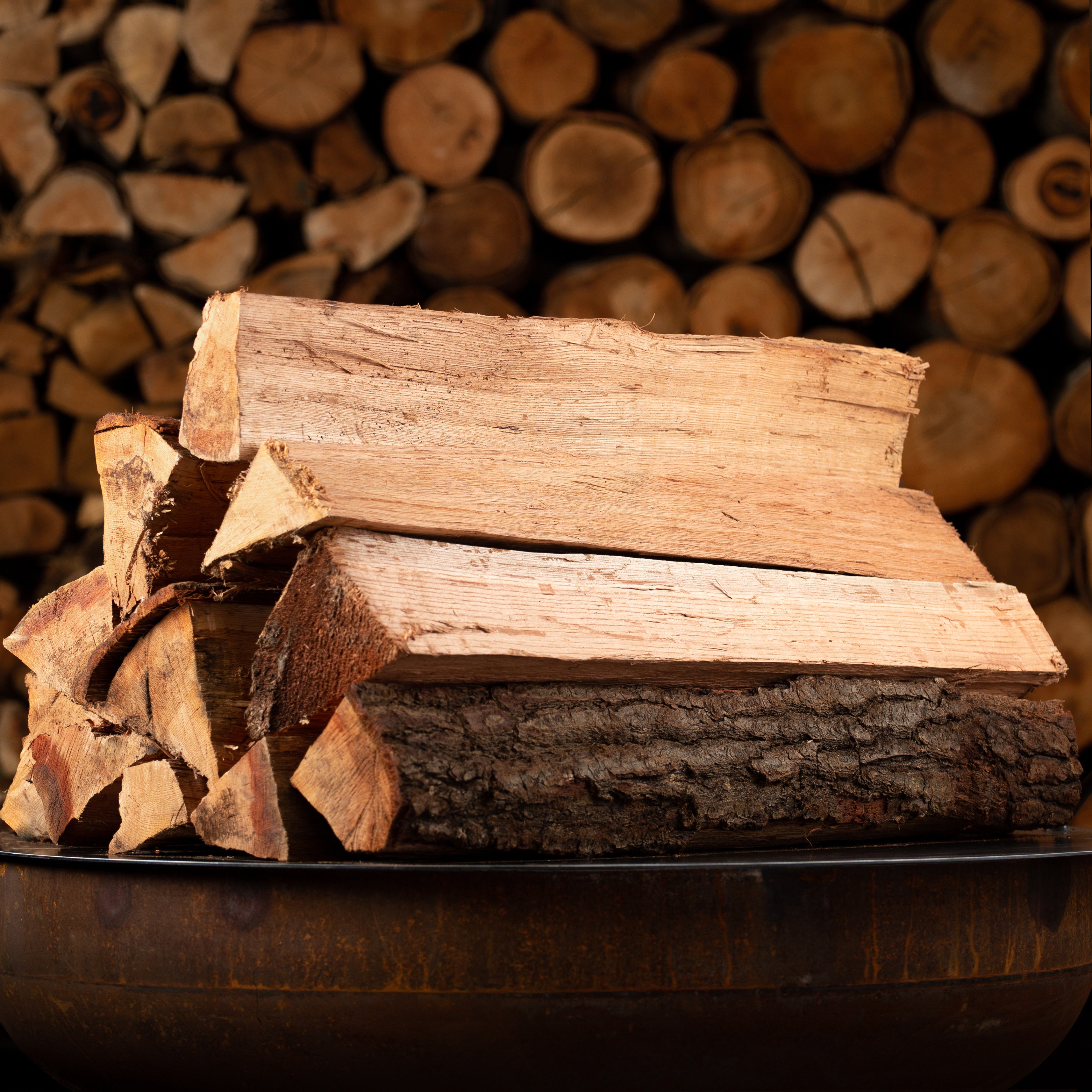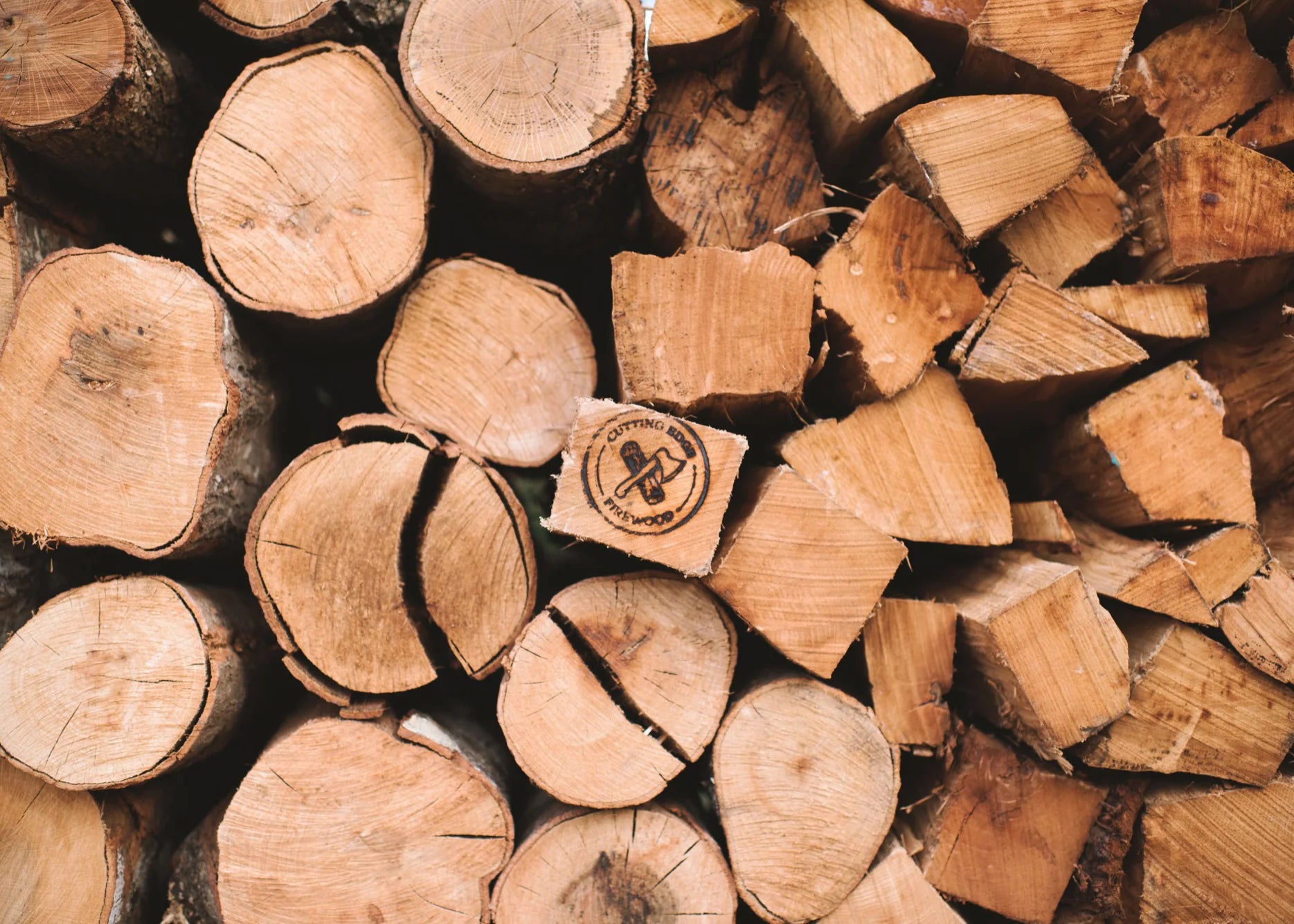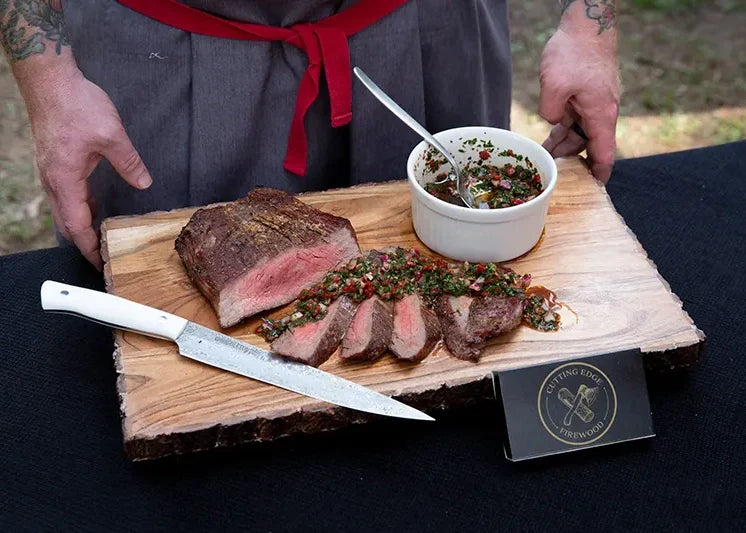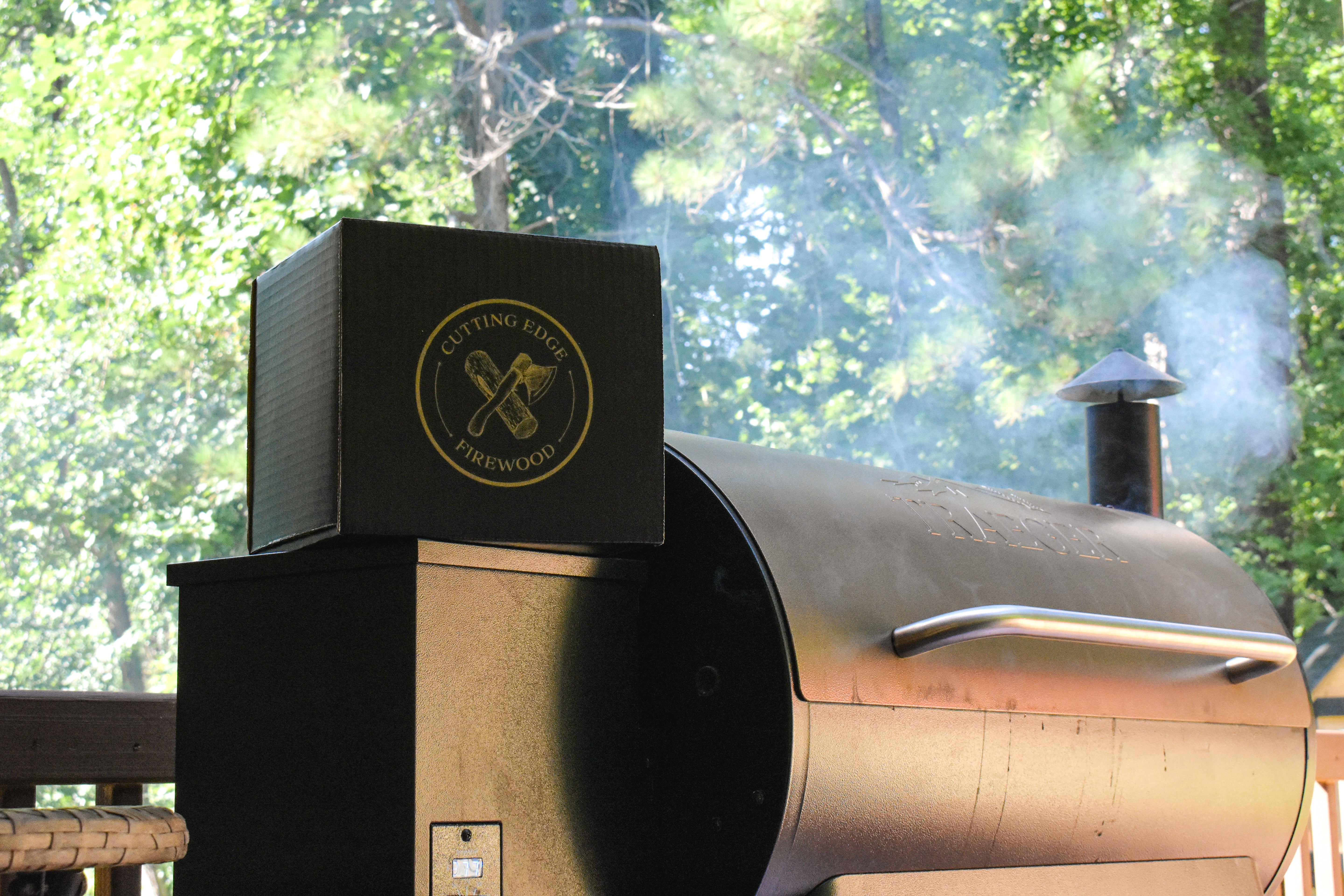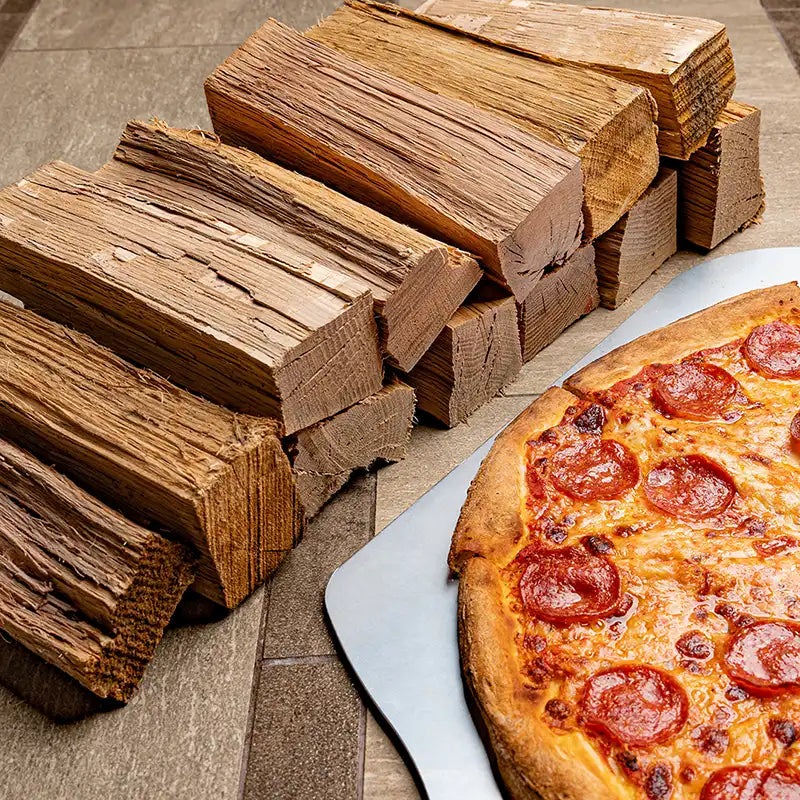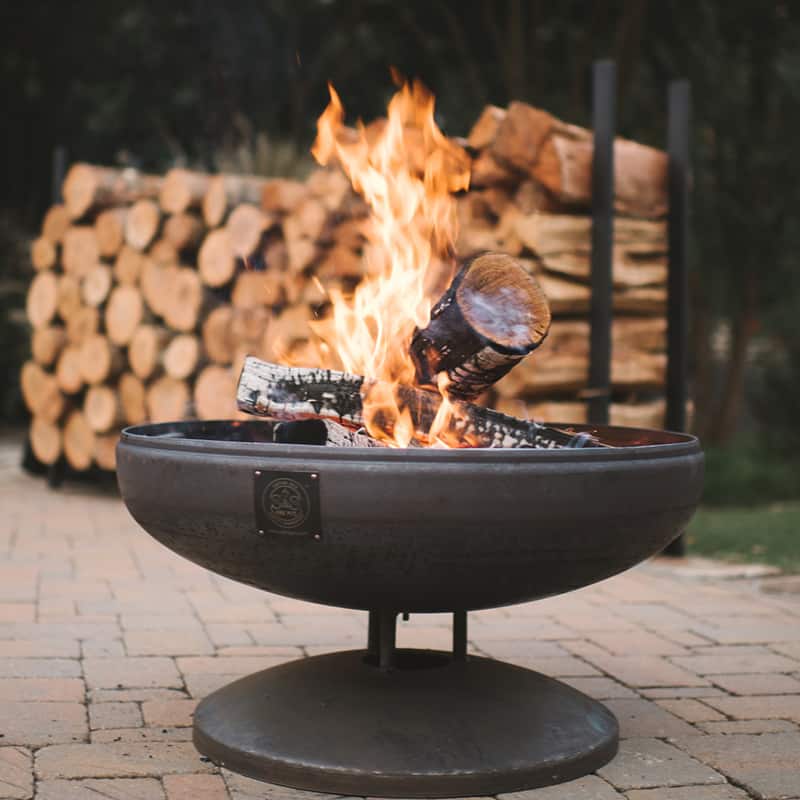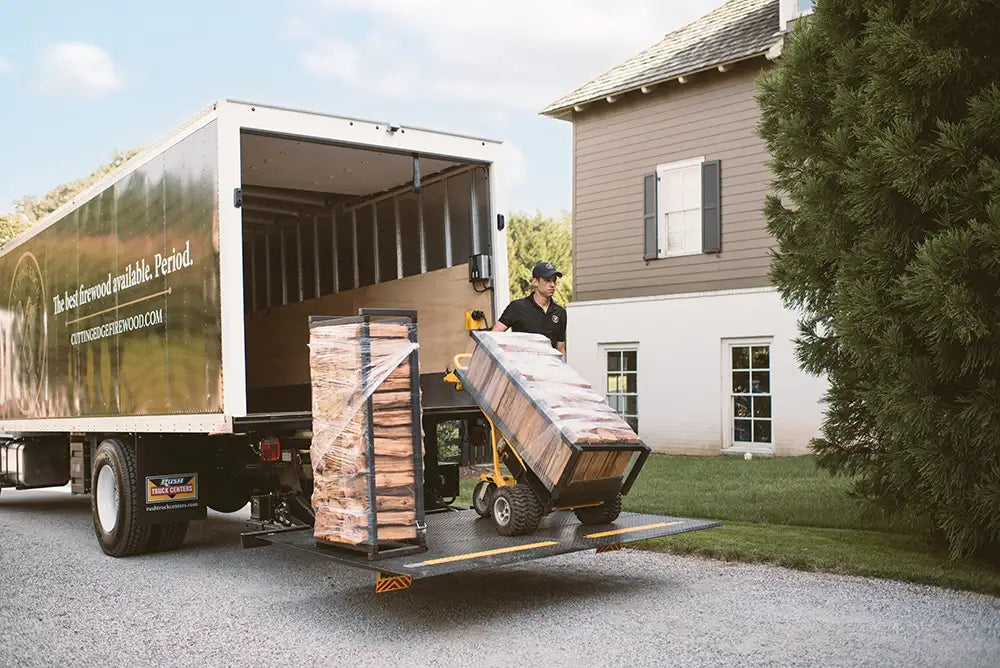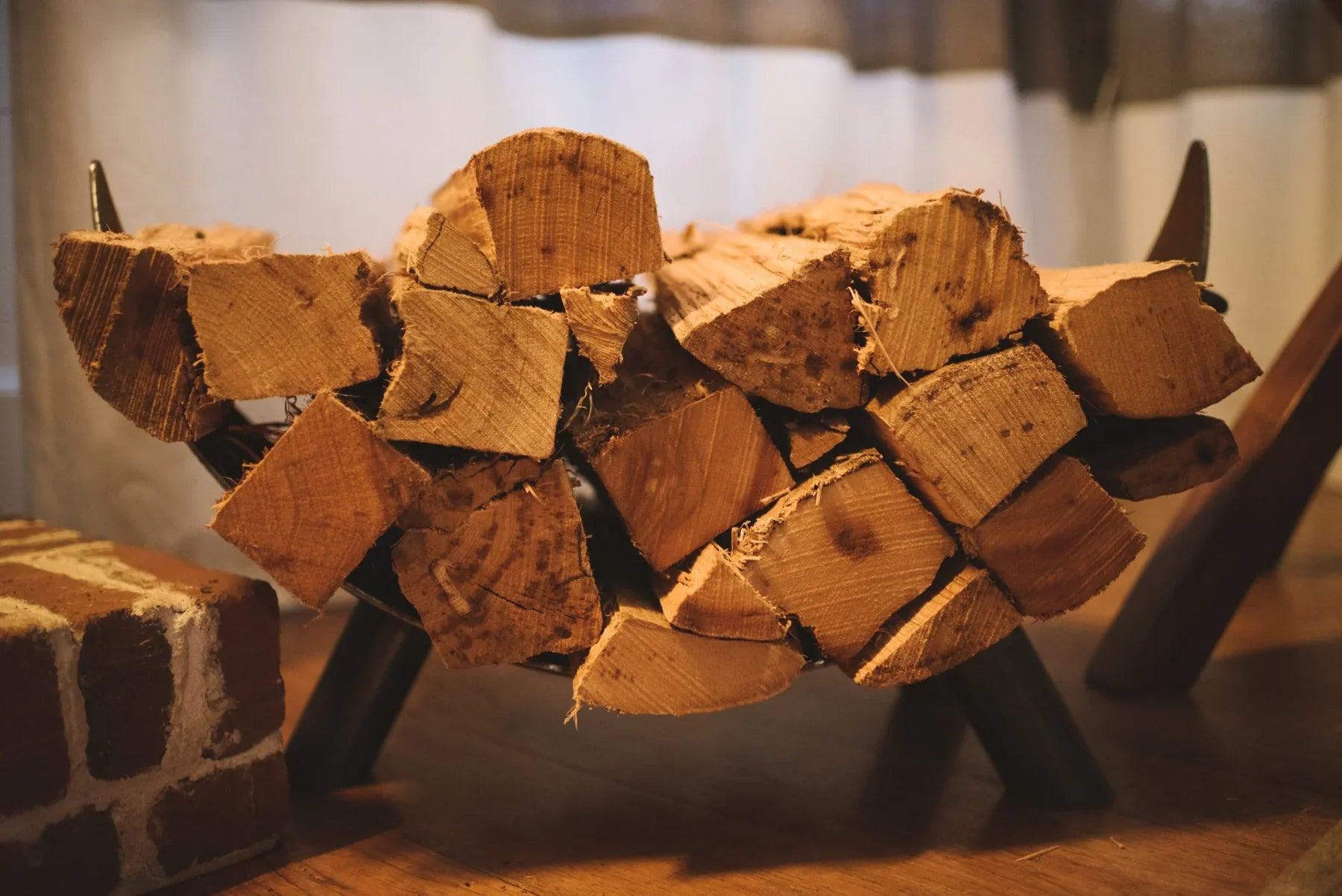Amidst the gentle crackle of an open flame and the harmonious sizzle of cooking meat lies the essence of open-air culinary art. It's an experience deeply rooted in our heritage — a blend of skill, tradition, and the natural essence of the environment. At the heart of this ancient culinary ritual is the wood used for smoking.
Fruit woods, in particular, stand out not just for their availability but for their ability to transform a simple meal into a sensory delight. This guide dives into the nuances of fruit woods, unraveling why they’re so popular for smoking and how they can elevate your culinary experience.
Why Are Fruit Woods Popular for Smoking?
Fruit woods have a celebrated place in the pantheon of smoking woods, primarily for the sweet and mild flavors they impart. Unlike the more intense woods like hickory or mesquite, fruit woods offer a subtler approach, enhancing rather than overpowering the natural flavors of the meat. This gentleness makes them incredibly versatile, suitable for a wide array of meats and dishes.
The allure of fruit woods also lies in their tradition and regional preferences. Different cultures and regions have long favored specific fruit woods for the unique flavors they bring to traditional dishes. These woods connect us to our culinary roots, allowing us to experience a taste of history and heritage with every bite.
Which Fruit Woods Are Commonly Used for Smoking?
As we explore the range of fruit woods, let us uncover the distinctive characteristics of each type and how they contribute to each dish.
Apple Wood
Apple wood is renowned for its mild, subtly sweet, and slightly fruity essence. It's an ideal choice for those seeking to infuse a gentle, nuanced flavor into their dishes.
The wood's lightness makes it a fantastic pairing for poultry and pork, where its subtle sweetness complements the natural flavors of the meat without overwhelming them. Apple wood is a testament to the beauty of simplicity in smoking, offering a delicate touch that elevates the dish.
Cherry Wood
Cherry wood stands out for its rich, slightly tart flavor profile, adding depth and complexity to the smoking process. It's not just the taste that cherry wood imparts — it also bestows a remarkable color to the meat, enhancing its visual appeal with a warm, reddish hue. This wood pairs exceptionally well with poultry, pork, vegetables, cheese and bread, lending a touch of elegance and a hint of tartness that accentuates the natural flavors.
Pecan Wood
Pecan wood is a celebration of subtlety and balance, offering a mild and delicate flavor with a hint of nuttyness. It's less intense than hickory yet carries a distinctive character that enriches the dish. Pecan wood is versatile, working well with virtually any meat, but it particularly shines with poultry and pork, where its gentle touch enhances the meat's flavor without dominating the palate.
Each of these fruit woods brings its unique signature to the smoking process, transforming a simple meal into an experience that connects us to the ancient roots of culinary tradition.
How Do Fruit Woods Compare to Traditional Smoking Woods?
Smoking with wood is like creating a work of art — each type of wood is a different hue, imparting its unique essence onto the meat. Fruit woods, known for their subtle and sweet undertones, stand in contrast to the robust, often intense flavors of traditional smoking woods like hickory and oak.
While hickory imparts a strong, robust smokiness and oak offers a dense, earthy flavor, fruit woods like apple, cherry, and pecan lend a gentler touch. This distinction is key for those who want to infuse their dishes with a nuanced, sophisticated flavor profile rather than an overwhelming smoky taste.
Each fruit wood has a distinct personality — apple wood's light, sweet touch contrasts with cherry's tart, smokey sweet accent, which stands apart from pecan's rich nutty notes. In contrast, hickory and oak are the bold voices in the choir of smoking woods, offering a more pronounced and assertive smoky flavor. This difference is especially important when considering the type of meat and the desired end taste.
Beyond flavor, the physical characteristics of the wood play a crucial role in smoking. Fruit woods generally have a lower burn rate and produce less intense heat compared to hickory and oak.
This makes them ideal for slow-cooking processes, where the goal is to gently infuse the meat with flavor without charring or overpowering it. On the other hand, hickory and oak burn hotter and longer, which is suitable for meats requiring higher heat and a more pronounced smoke profile.
What To Look For When Choosing Smoking Wood
When selecting wood for smoking, choosing high quality is key. Contrary to common belief, seasoned wood is far from superior. Ultra kiln dried wood, which is dried at higher temperatures for a longer duration, offers a cleaner, more consistent burn, ensuring that the delicate fruit wood flavors are preserved and imparted effectively onto the meat.
The key to perfect smoking is balance — too much smoke can overshadow the natural flavors of the meat, turning a delicacy into a disaster. This cautious approach ensures that the smoke complements rather than dominates the dish.
Ensuring that the fruit wood is from a safe, untreated source is also important to avoid harmful chemicals and toxins. This can also help preserve the authentic flavor of the wood.
At Cutting Edge Firewood, our team of firewood artisans meticulously selects and prepares each piece of wood, ensuring our specially dried fruit woods are not only safe and untreated but also embody the epitome of flavor-enhancing qualities.
Can You Mix Fruit Woods With Other Woods?
In the ancient craft of open-air cooking, the choice and blend of smoking woods are key to creating a culinary masterpiece.
Blending the mild sweetness of apple wood with the more subdued smokiness of oak, for instance, can result in a beautifully balanced flavor profile, where each component complements the other without overpowering it. On the other hand, oak serves as an excellent base for fruit woods, allowing the nuanced flavors to shine through.
However, while hickory's robust smokiness is a beloved characteristic in many smoking circles, its powerful flavor can dominate when mixed with the gentler fruit woods. This can overshadow their delicate sweetness and complexity. Therefore, it’s less suited for creating those nuanced flavor profiles that can be achieved with other blends.
Experimentation is key. Adjusting the ratios of fruit woods to woods like oak invites chefs and home cooks to explore and tailor the smokiness and sweetness to their liking, crafting a unique and personalized flavor experience.
This exploration is not just a culinary exercise — it's a journey into the heart of traditional cooking methods, where each choice and combination opens a new chapter in the story of flavor, connecting us to the primal allure of cooking with fire.
The Takeaway
In the realm of smoking, fruit woods offer a refined, subtle alternative to the traditional choices of hickory and oak. Their nuanced flavors, lower heat, and burn rate make them ideal for delicate smoking processes.
Our Cutting Edge Ultra Kiln Dried Cooking Wood offers an elevated base for your smoking wood, creating a rich flavor profile as you explore the ancient and communal tradition of fire-cooked meals. This journey into the sensory world of smoking is not just about cooking — it's about connecting with our roots, our environment, and, ultimately, each other.
Sources:
Choose the Right Wood for Smoking BBQ | Spruce Eats
Firewood - Types, Fuel Values and Ratings | Colestin Rural Fire District

